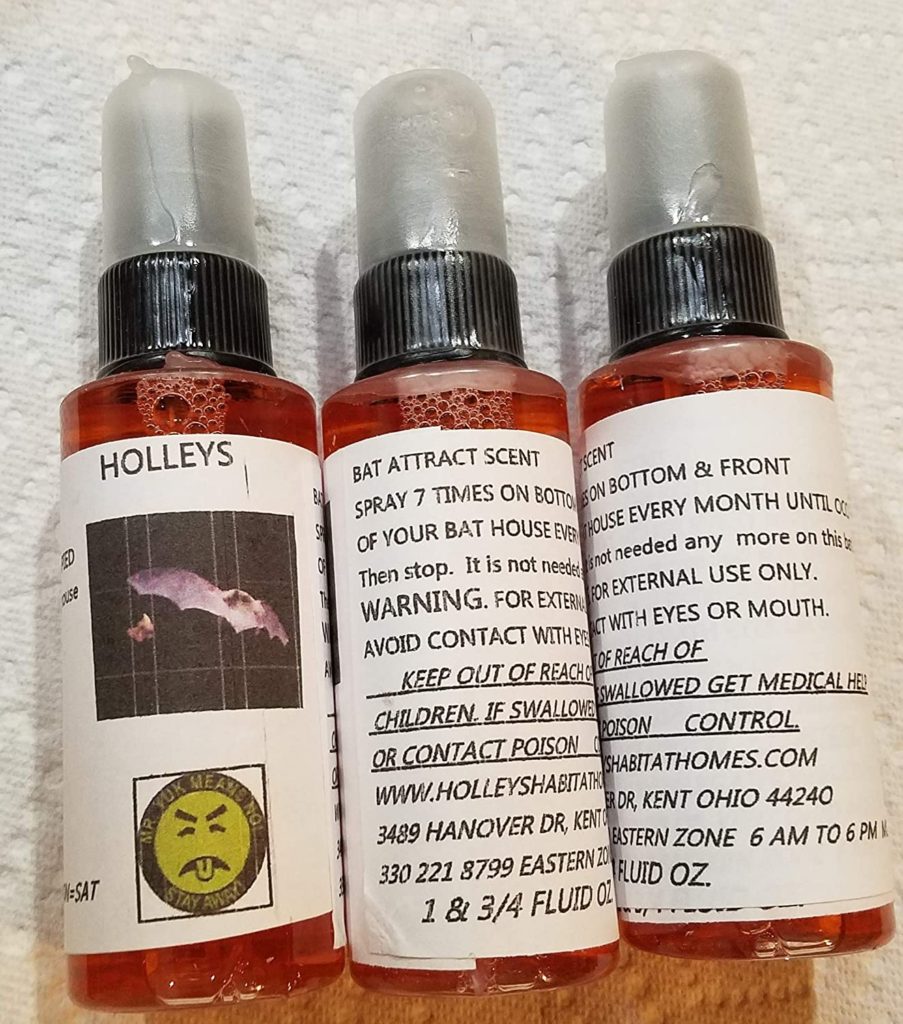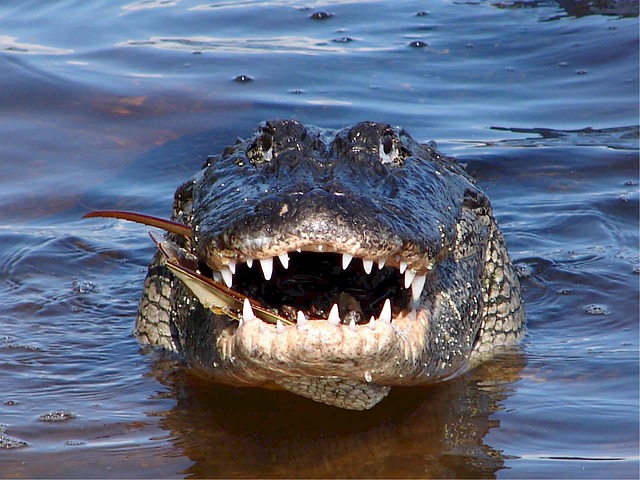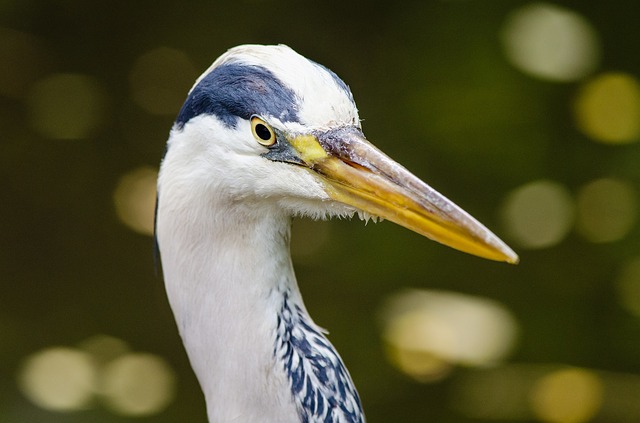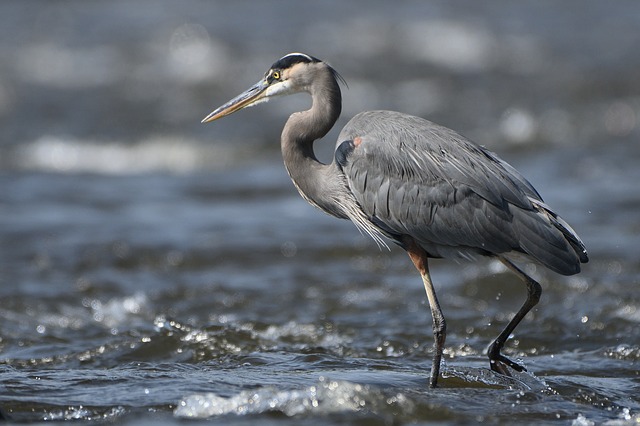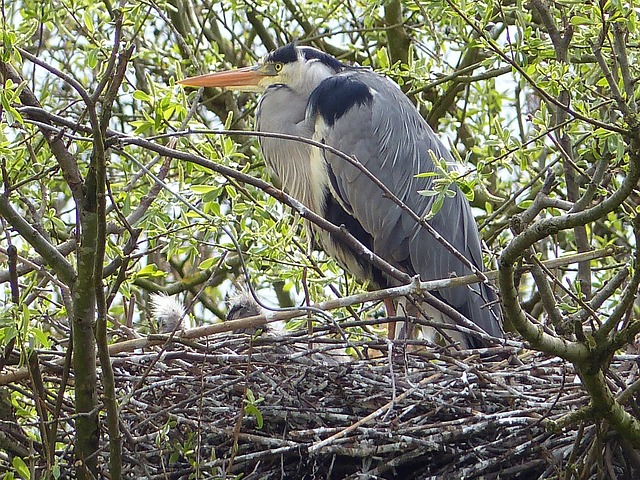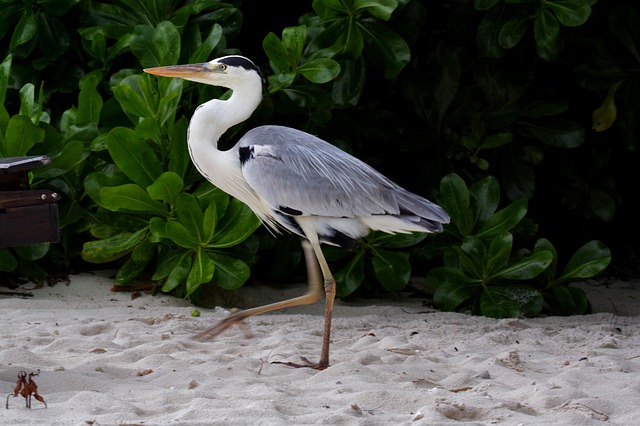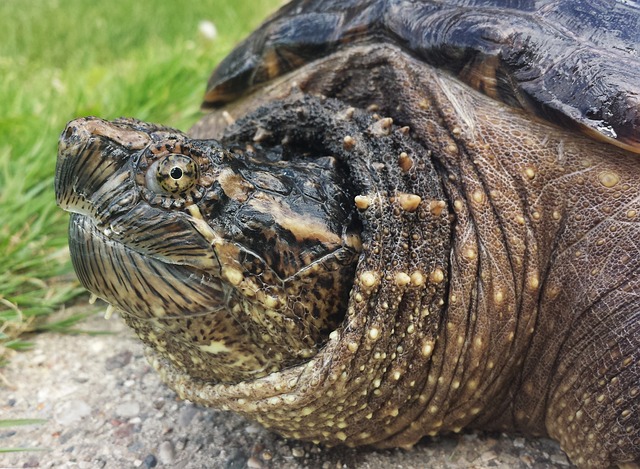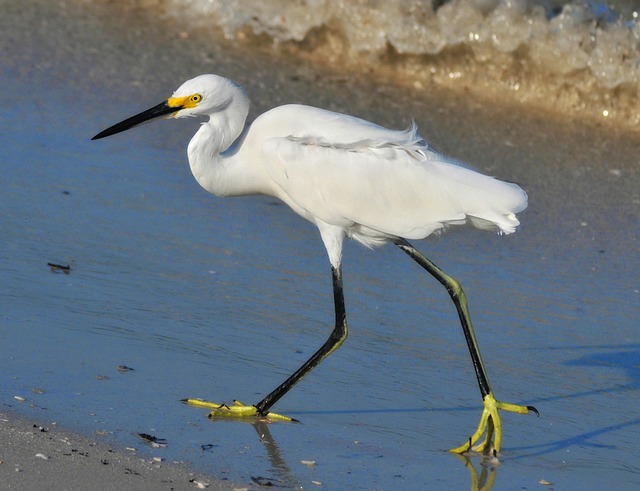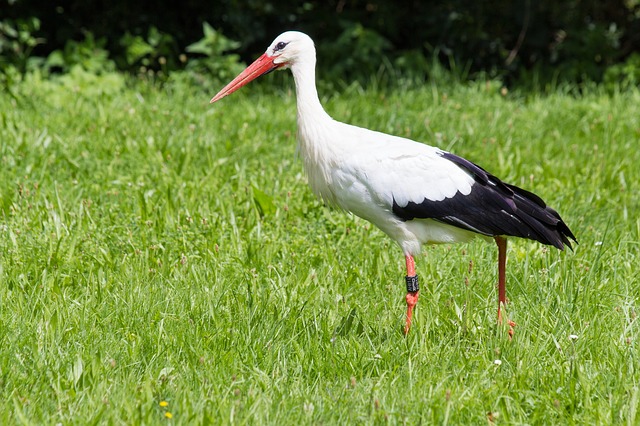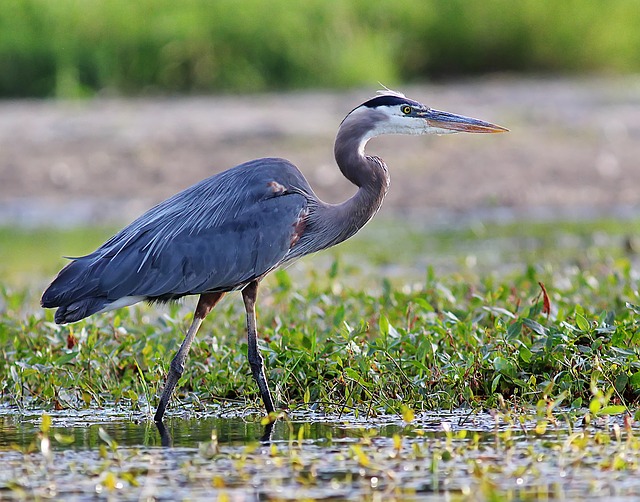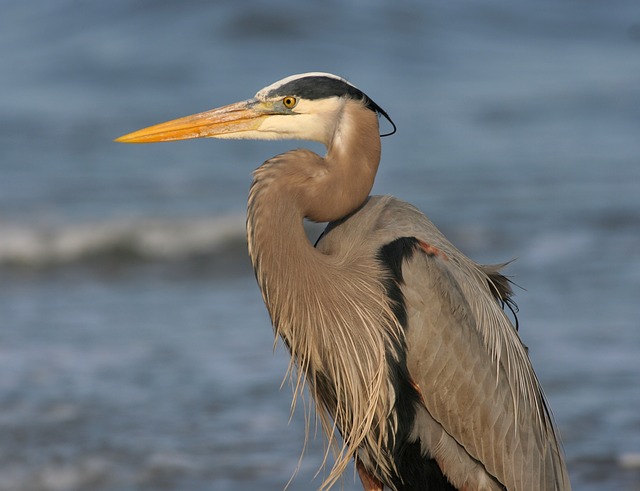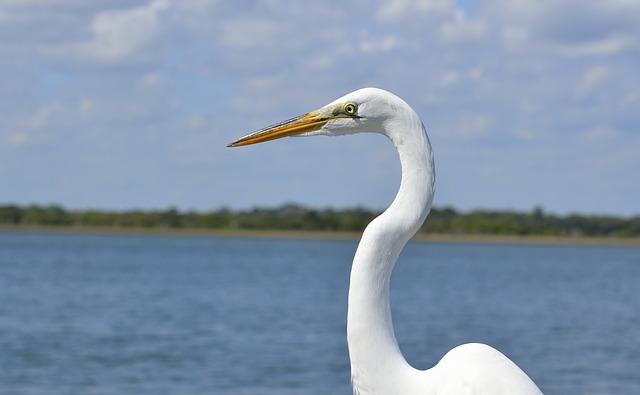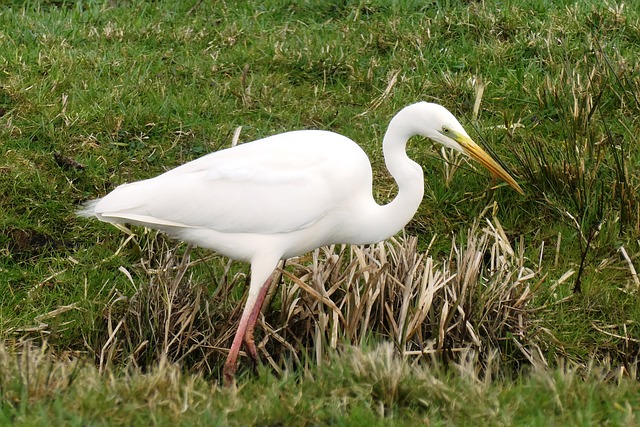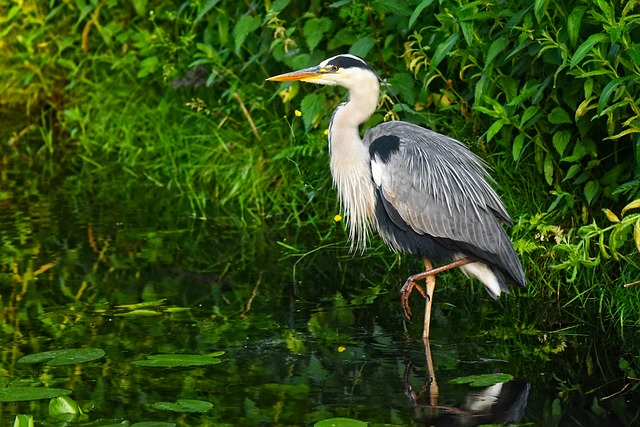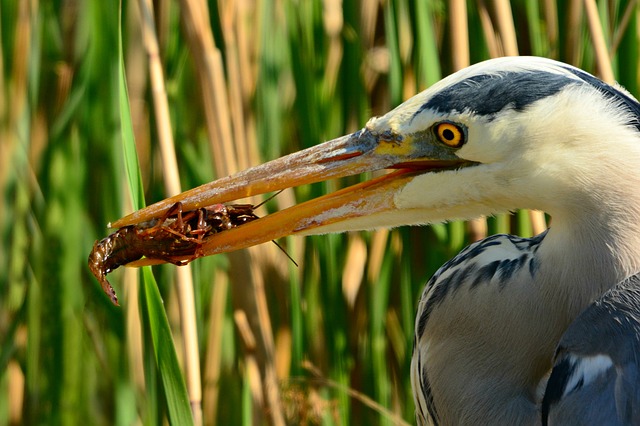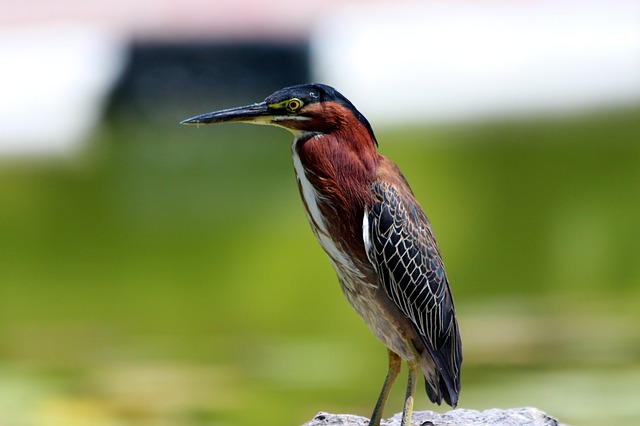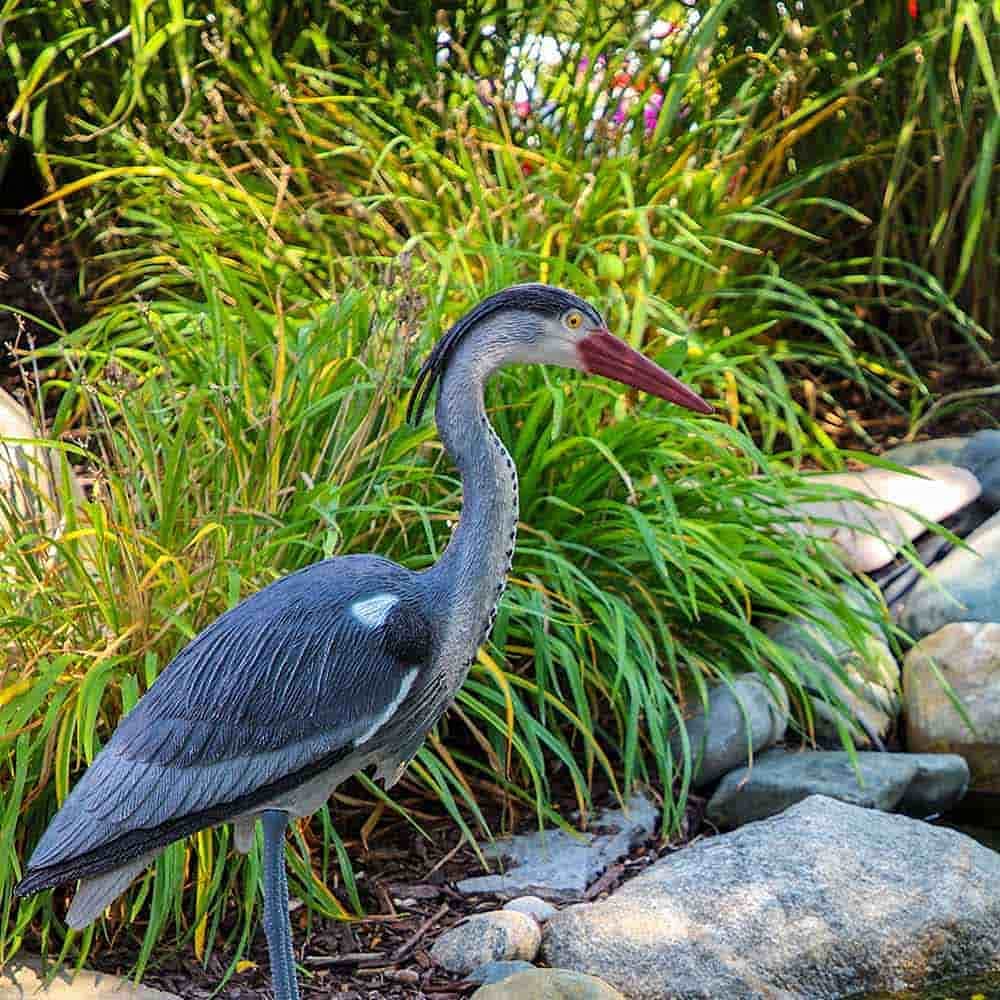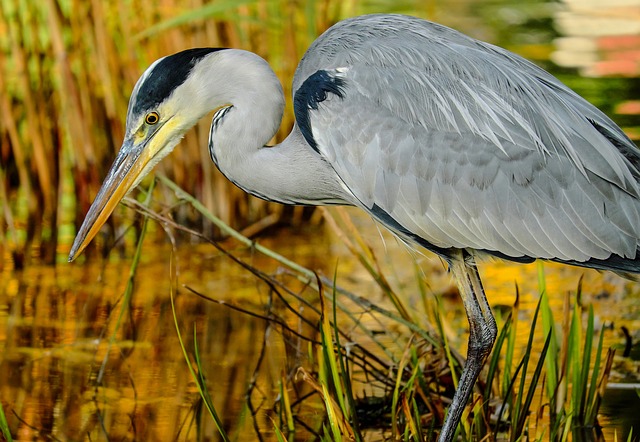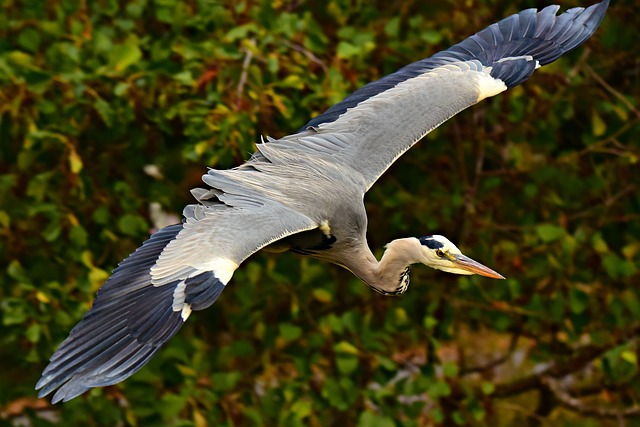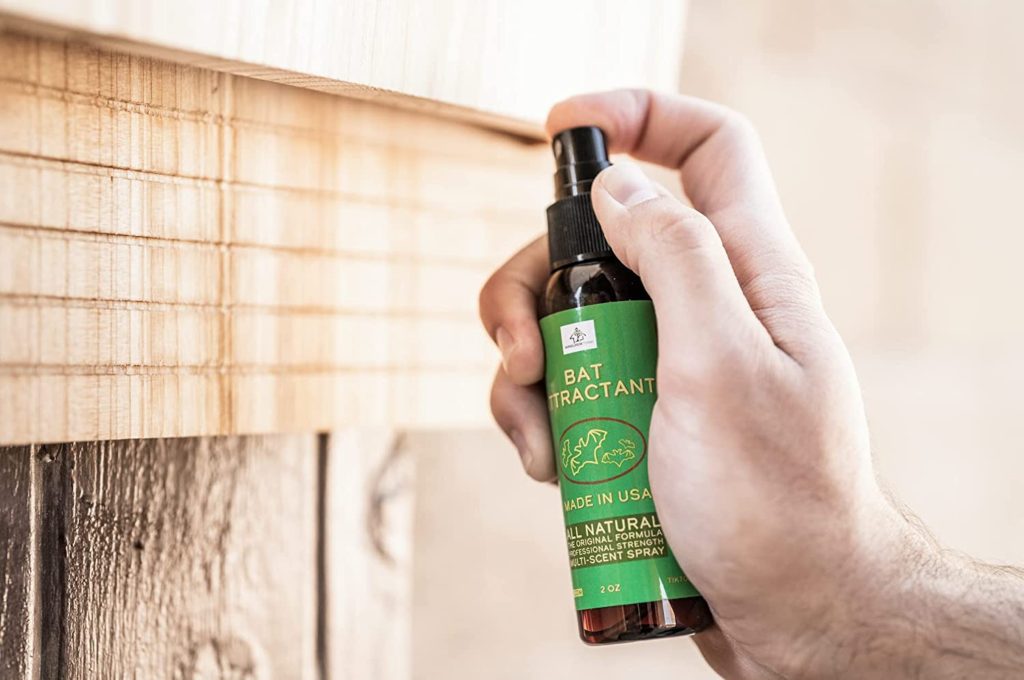
Purchasing a bat house is easy, however, having a colony of bats take up residence inside it is sometimes another story. To tip the odds in your favor using bat attractant can help. Here’s what you’ll want to know when considering using it.
Bat House Benefits
Having a bat house that’s full of bats can have many advantages. Bats can help to put a huge dent in your mosquito population as they each are capable of gobbling up around a thousand of these backyard pests per hour.
And of course, don’t forget the grade-A guano (bat poop) fertilizer for your garden. Even with the right placement, however, it’s not uncommon to have to wait a year, two, or even three before they move in and you can enjoy these bat house benefits among others.
Bat House Placement Comes First
No amount of bat attractant will work if you don’t have your bat house in the right location. So before you start spraying it with any scents you need to know where to put a bat house first. Bats like to roost near a freshwater source, and that typically means within a quarter of a mile at the most. (Man-made alternatives such as birdbaths can be used as a substitute.)
Your bat house should also be installed in a spot that gets daily direct exposure to the sun. Facing an eastern or southeastern orientation can help with this since it keeps the temperature in the house high which is what bats prefer. You’ll also want to make sure the house is at least ten feet off the ground or higher and doesn’t have any obstructions such as branches near the entrance so the bats can enter and exit easily and safely.
Bat House Attractant Basics
Studies show that bats are very responsive to smells. They also search out spaces where other bats happen to be currently roosting. A bat attractant helps you use these natural traits to your advantage. The goal of an attractant is to get the bats to investigate your bat house. And if you have placed it in a location that creates the conditions they like, then hopefully they will move in.
Because bats have a sensitive sense of smell many bat house owners will fill their new bat house with damp soil before using it. By leaving soil inside the house for a few days and then dumping it out, it can help to get rid of the new bat house smell which bats tend to avoid. Another simple action which can help too is to simply let your house air out and weather a bit outdoors for a period of time before installing it and using your attractant.
Bat Attractant Options
When choosing an attractant you have a couple of different types to pick from. Some consist of a paste made from actual guano which of course can be very convincing to a bat’s nose that bats have been using your bat house. If you have an active roost on your property or know someone who does, you may want to make your own homemade bat attractant.
To do so you’ll need to collect about a cup of guano and then mix it with water. Once it has a paste-like consistency you can pour it into your bat house which will allow it to really soak in. This method is not for the squeamish and you’ll want to wear a paper filter mask and rubber gloves when doing so for safety. Luckily you don’t have to use guano at all in order to attract bats to your yard and bat house.
There are also sprays that smell like bat pheromones. Ammonia sprays are another choice as well, and these mimic the smell of bat urine since that is one of the chemicals that it naturally contains. These two types of sprays are typically the most popular since you won’t have to deal with any bat poop, possible bacteria, or mess.
When To Use A Bat Attractant
Oftentimes, people will install their bat house and after a long period of waiting get frustrated when it doesn’t seem to be attracting bats. They will then try an attractant. There’s nothing wrong with doing this but you may end up wasting a lot of time waiting first with nothing to show for it. The easiest way to save time and increase your odds is to use a bat house attractant from the start.
But don’t forget, house placement is critical. The time of year and your location can also play a role. Normally the best months to install a bat house and use your attractant are from January to April. This is when bats come out of hibernation and are looking for their summer-time roost. Of course, you will want to be sure to follow the seller’s instructions for where and how frequently to apply your specific attractant.
Using a bat attractant isn’t foolproof. However, it can definitely help to increase the odds of getting bats into a bat house without a long wait and being able to enjoy the benefits of having them inside as quickly as possible!
Start Shopping for Bat Attractant!
Alligator Pictures
The American alligator is a large predatory reptile that inhabits the southeastern United States. It’s a fascinating animal with many interesting things about it. And we’ve collected some of the best alligator pictures to help show you just how amazing they are....
How Long Do Great Blue Herons Live?
The life expectancy of birds is known to be closely related to their size. So as the biggest heron species in North America, how long do great blue herons live? The average life expectancy for these large birds is around fifteen years. However, surviving their first...
Where Do Great Blue Herons Live?
The great blue heron is considered to be the most widespread heron in North America. So exactly where do great blue herons live? Here’s what you’ll want to know. Great Blue Heron Range The great blue heron is found throughout most of the North American continent. In...
Where Do Great Blue Herons Nest?
While many of us have seen great blue herons their nesting habits often remain a mystery to most people. That’s because they purposely nest in hard-to-reach places. So where do great blue herons nest? Here’s the answer. A Colony Nester Typically great blue herons nest...
Do Great Blue Herons Migrate?
Do great blue herons migrate? This is something many people wonder about, especially if they’ve seen a heron during the cold winter months. And the answer is both yes and no. Here’s what you’ll want to know. Great Blue Heron Range The great blue heron has a large...
Great Blue Heron Pictures
Few species of birds are as tall, elegant, and attractive as the great blue heron. So we’ve compiled some of the best great blue heron pictures for you to admire and help you to learn more about this amazing bird! Great Blue Heron Head The head of the great blue heron...
What Do Snapping Turtles Eat?
Many people are familiar with the fact that snapping turtles have an incredibly strong bite. They use their strong jaws and sharp beak not just for defense but also for catching food. So what do snapping turtles eat? Here's what you'll want to know. Snapping turtles...
Birds That Look Like Egrets
Egrets are predatory birds that hunt and live in a range of both freshwater and saltwater habitats. These birds are usually white, and have S-shaped necks, long legs, and dagger-like beaks. However, they are often mistaken for several other types of birds that look...
Birds That Look Like Storks
Storks are large wading birds with robust bills and long legs. These tall carnivorous birds are well-known for their wide wingspans and also for building huge nests. However, they are often confused with several other bird types that have a similar appearance. So...
Birds That Look Like Herons
Herons are tall birds with long slender legs and necks. And they often wade in the water when hunting for food. Yet there are several other types of birds that may be mistaken for them. To make things more confusing many of these birds also spend time in the water and...
Great Blue Heron Facts
The great blue heron is named for its size and the grey-blue color on its wings, stomach, and back. This species has many fascinating things about it. So here are the top great blue heron facts. It's The Largest North American Heron The great blue heron is a big bird...
Are There White Herons?
Are there white herons? This is something many people wonder especially after seeing a tall all-white bird. The answer is yes! And here’s a fast introduction to them. A White Color Morph Most people are familiar with the great blue heron, a large predatory and...
Great White Heron Facts
While many people are familiar with the great blue heron, they are often surprised to find out that there’s also a great white heron. There are many things you’ll want to know about this stunning bird. So here are the top great white heron facts. The Great White Heron...
What Animals Eat Herons?
Because of their size and long sharp beaks, it can be hard to imagine that herons have any natural predators. While they do, they definitely don’t have nearly as many predators as most other types of birds. So what animals eat herons? Predators Of Adult Herons For...
What Do Herons Eat?
Great blue herons are often seen slowly wading in shallow water hunting for food. You may have even spotted one of these large birds in your own backyard pond. This leaves many people wondering: “What do great blue herons eat?” And here’s everything you’ll need to...
What Do Green Herons Eat?
The green heron is a secretive and small heron species. What it lacks in size however it makes up for in intelligence. It is particularly well-known for how it uses its smarts when hunting for food. So what do green herons eat? Read on to find out. Meet The Green...
How Does A Heron Catch Fish?
The great blue heron is well-known for its looks but also its fish-catching abilities. Whether in the wild or someone’s backyard pond these large birds are master hunters. So how does a heron catch fish? Here’s what you’ll want to know. Built For Success While herons...
The Complete Great Blue Heron Decoy Guide
Buy on Amazon A hungry heron can easily make a meal out of expensive pond fish. One of the most effective methods for protecting your pond from these smart birds is with a great blue heron decoy. Here is your complete guide to them, with all the info and tips you’ll...
How To Keep Blue Herons Out Of Your Pond
Great blue herons are one of the biggest problems that pond owners face. These birds are not only smart but can easily catch and swallow large numbers of surprisingly big pond fish. Therefore you’ll need to know how to keep blue herons out of your pond in order to...
How To Deter Herons From Your Pond
Herons are designed by Mother Nature to hunt fish. And unfortunately for pond owners, they often find pond fish to be an easy meal. So in order to protect your fish, you will want to know how to deter herons from your pond. Alligator Decoys Alligators are natural...

